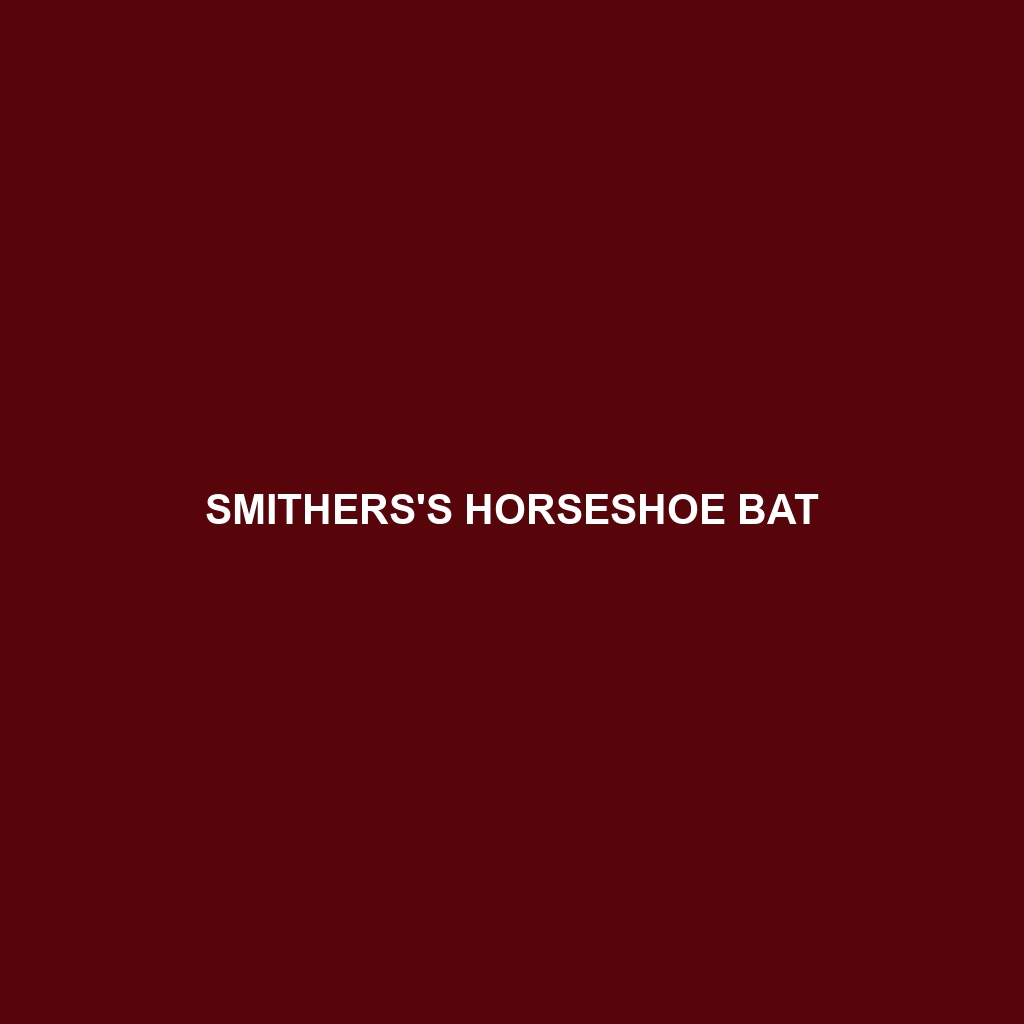Chinese Rufous Horseshoe Bat
Common Name: Chinese Rufous Horseshoe Bat
Scientific Name: Rhinolophus sinicus
Habitat
The Chinese Rufous Horseshoe Bat is primarily found in regions across China, including provinces such as Guangdong, Yunnan, and Guangxi. This species typically inhabits temperate and subtropical forests, often preferring limestone caves and rocky crevices that provide shelter and roosting sites. The bats are also known to inhabit agricultural areas near forests, where they can easily access their feeding grounds.
Physical Characteristics
The Chinese Rufous Horseshoe Bat is characterized by its medium size, measuring approximately 4 to 5 inches (10 to 13 cm) in body length with a wingspan of around 12 to 14 inches (30 to 36 cm). Its fur is reddish-brown, which aids in camouflage within its natural habitat. Notably, this bat species has a distinctive horseshoe-shaped noseleaf, which contributes to its echolocation abilities. The broad, rounded ears further enhance its auditory senses, making them effective hunters at night.
Behavior
Chinese Rufous Horseshoe Bats exhibit nocturnal behavior, emerging at dusk to forage for food. They are social creatures, often found in colonies that can number in the hundreds. Communication within these groups is facilitated through echolocation and various vocalizations. The species is also known for its agile flight patterns, which allow them to navigate through dense vegetation and in caves.
Diet
The diet of the Chinese Rufous Horseshoe Bat primarily consists of insects, including moths, beetles, and other flying invertebrates. These bats employ echolocation to locate their prey, capturing them mid-air during their flights. By consuming large quantities of insects, they play a crucial role in controlling pest populations, thereby benefiting agricultural environments.
Reproduction
Reproductive habits of Chinese Rufous Horseshoe Bats typically occur during the warmer months, with mating season taking place in late summer. Females give birth to a single pup after a gestation period of about two months. The young bats are weaned within a few weeks and often remain with their mothers for several months, learning essential survival skills.
Conservation Status
The Chinese Rufous Horseshoe Bat is currently listed as Vulnerable on the IUCN Red List due to habitat loss and degradation, primarily from agricultural expansion and urban development. Conservation efforts are critical to protect their roosting sites and ensure the stability of their populations in the wild.
Interesting Facts
1. The unique echolocation abilities of the Chinese Rufous Horseshoe Bat allow it to navigate in complete darkness, using high-frequency sounds that bounce off objects to locate prey.
2. This species exhibits a roosting behavior where bats cling closely together to conserve warmth during cooler nights.
Role in Ecosystem
The Chinese Rufous Horseshoe Bat plays a vital role in its ecosystem as a pollinator and pest controller. By consuming a significant amount of insects, they help maintain the ecological balance, preventing pest outbreaks that can affect agricultural practices. Additionally, their foraging activities contribute to seed dispersal, promoting plant diversity in their habitats.
